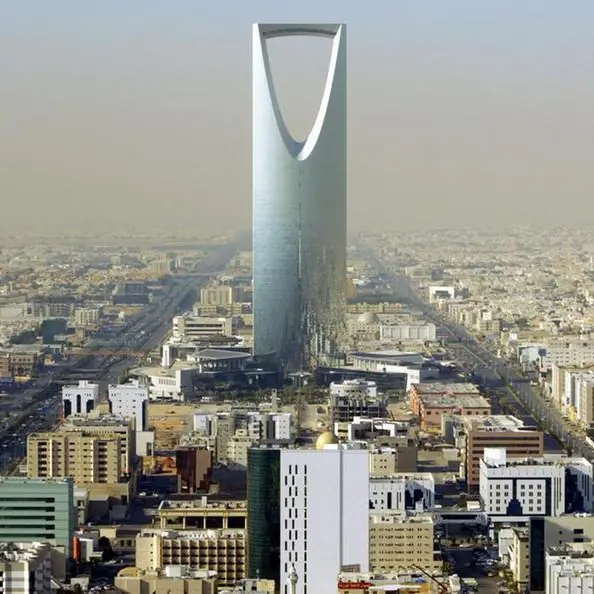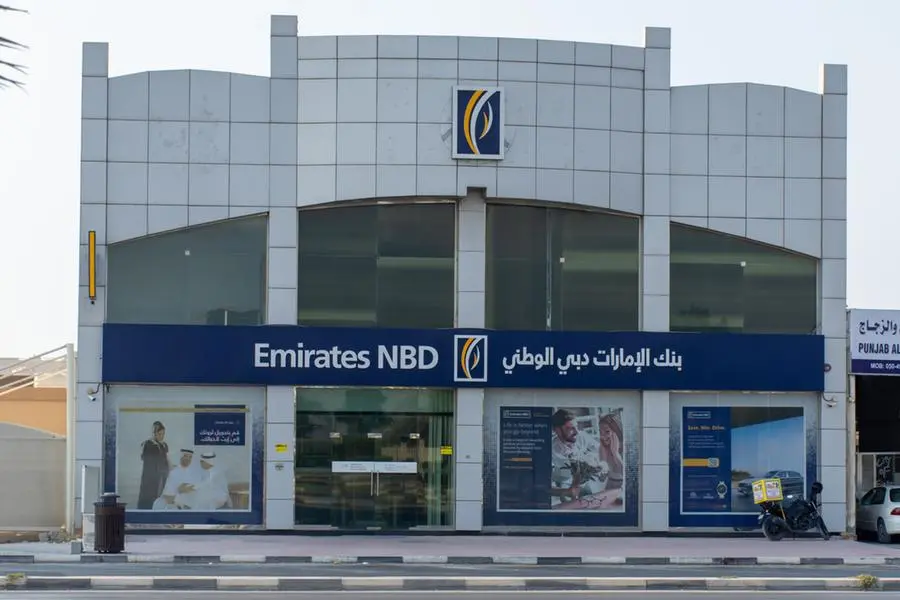PHOTO
Non-oil growth will drive the UAE’s economy in 2025, with a 4% growth projection, driven by higher investment inflows, which will partly be channelled through the financial and real estate markets.
The ‘UAE Macro Outlook’ by the National Bank of Kuwait (NBK) also highlights a robust expansion in private credit in 2024 that will maintain a positive momentum next year, coupled with a looser monetary policy, low inflation and a rising population that will prove supportive of consumer activity over the forecast period.
Financial markets and infrastructure developments will be key drivers of foreign capital inflows, with the first nine months of Dubai’s equity market witnessing an 8.5% rise, while real estate sales in the emirate rose 30% year-on-year, reaching 375 billion UAE dirhams ($102 billion) over the period.
The outlook states interest rate cuts should stimulate demand further in 2025, especially in luxury apartments, given their relatively lower valuations and potential for higher returns.
The outlook tracks with Thursday’s World Bank forecast that projected the UAE’s GDP to rise to 4.1% in 2025, driven by robust growth in the non-oil sector.
The UAE’s oil sector is also poised to rebound in 2025, projected to rise by 7.8%, following lacklustre growth of 0.4% in 2024. The growth curve will get a further boost following OPEC+ scaling back its production cuts from December 2024.
NBK projects the output should reach 3.4 mb/d by end-2025, with UAE likely to reach its 5 mb/d production capacity target one year early, in 2026.
The outlook further adds that while the government’s fiscal position remains solid compared to GCC peers, continued high outlays and lower oil prices over the forecast period will see the surplus narrow from 3.1% this year to 1% of GDP in 2025.
“The federal UAE and Dubai budgets have earmarked higher spending allocations for 2025 (+11.5% budget-on-budget to AED72 billion and +5.8% to AED84 billion, respectively), a sign of intent for the authorities as they proceed with ambitious investment and infrastructure plans,” the outlook says.
(Writing by Bindu Rai, editing by Daniel Luiz)





















